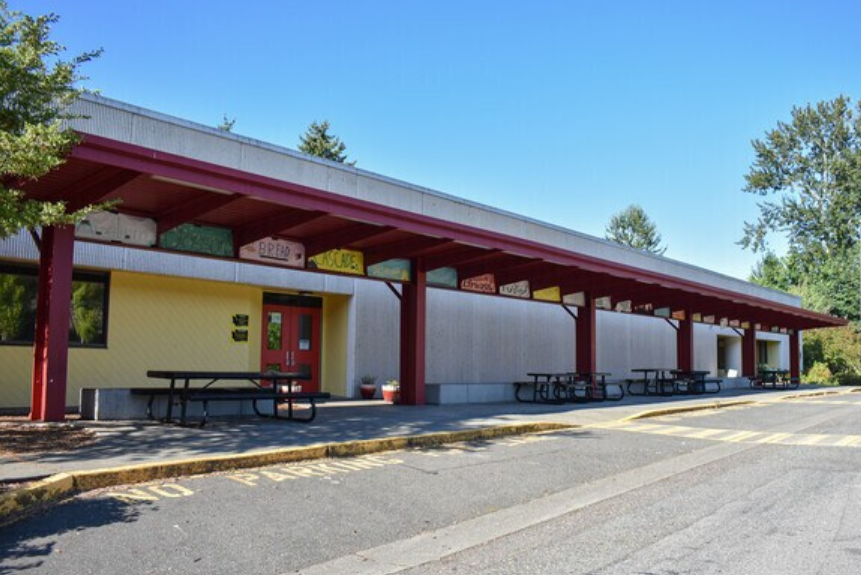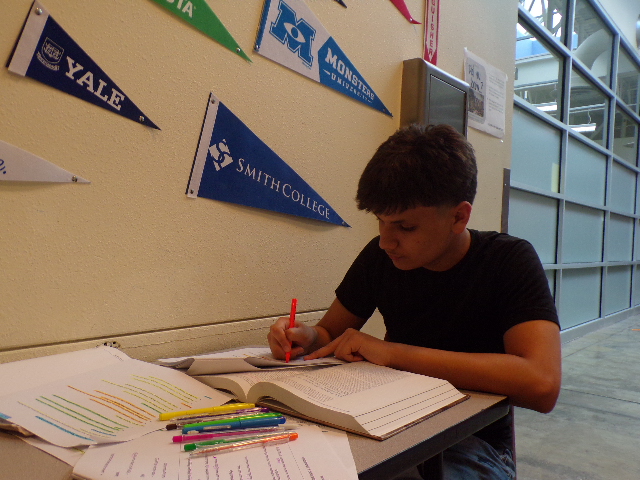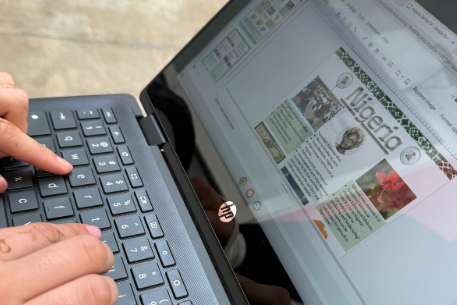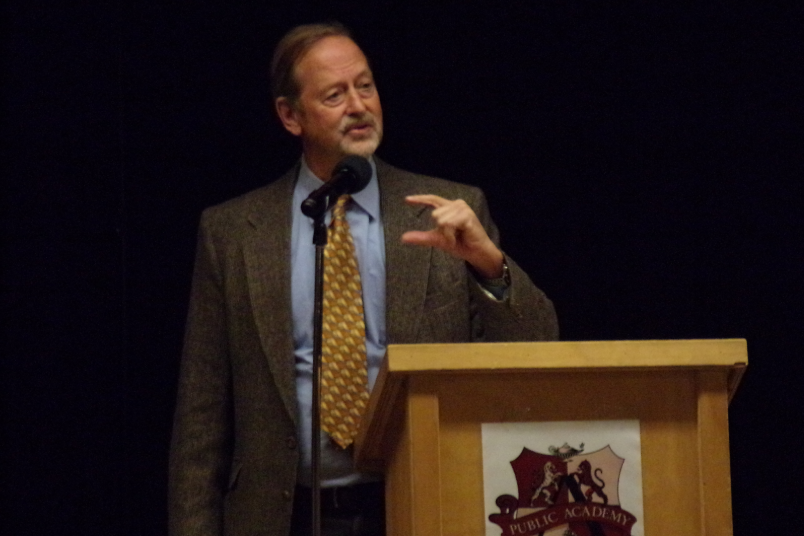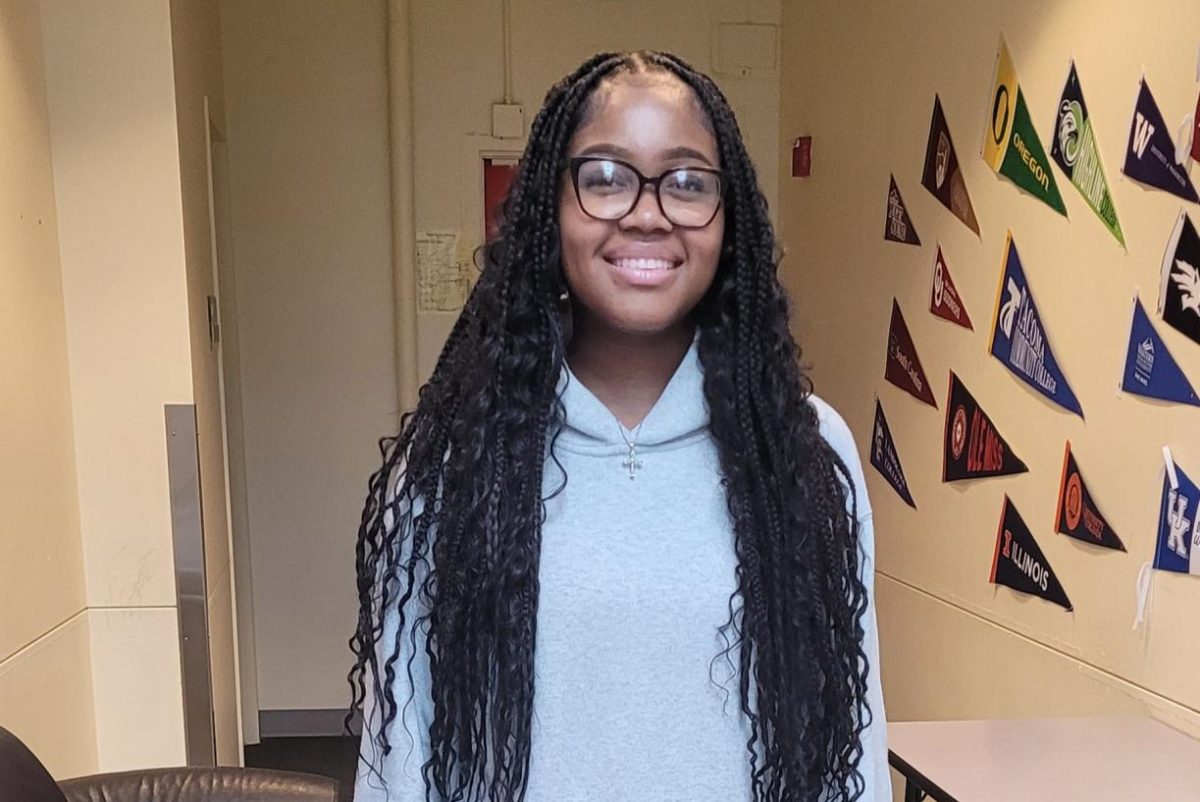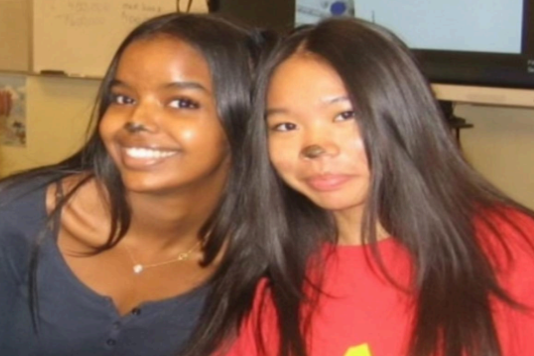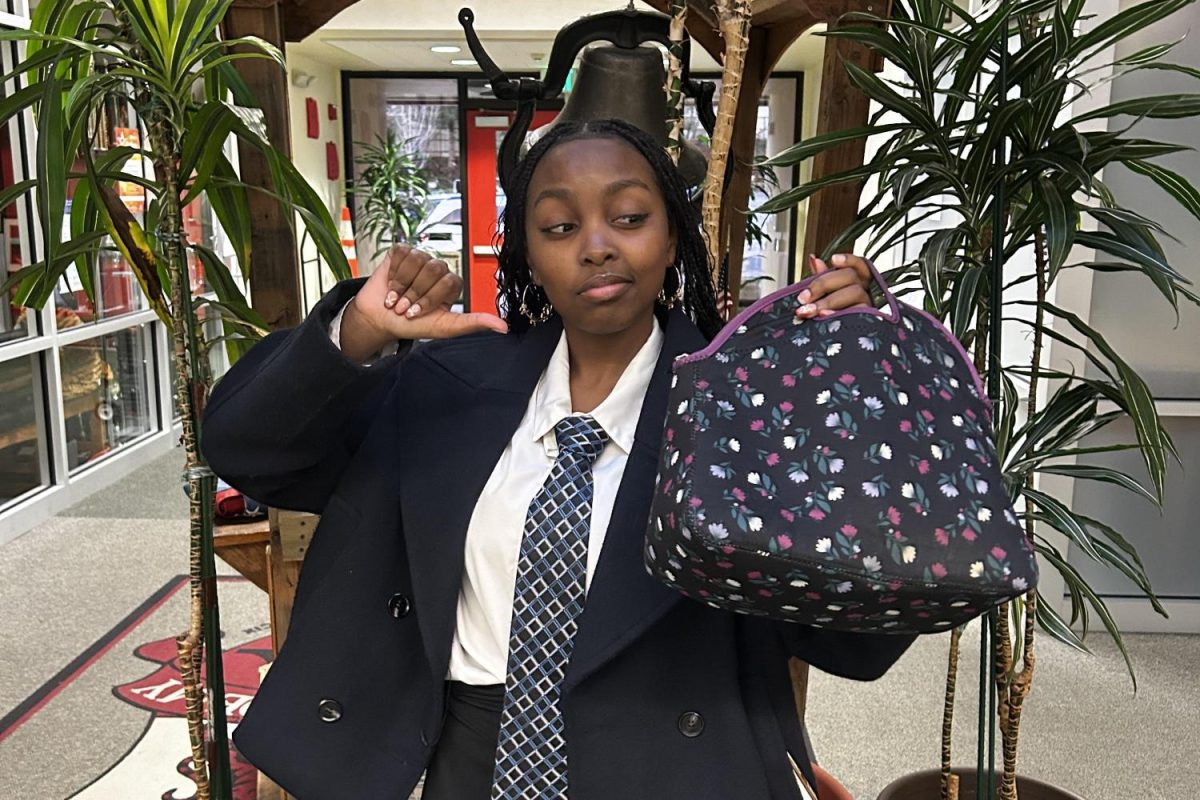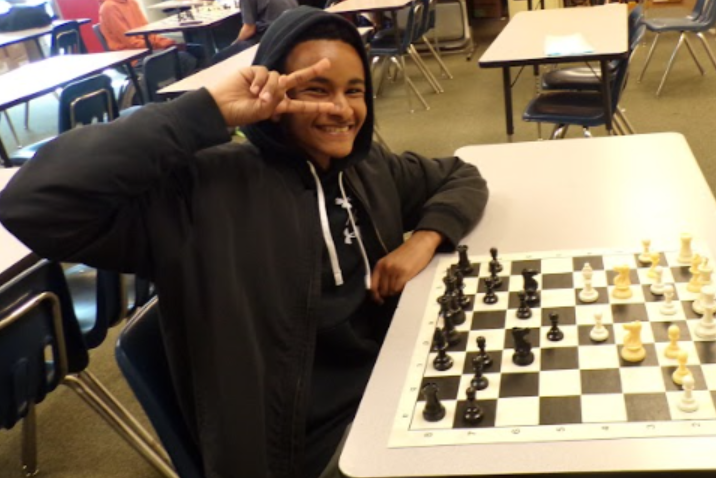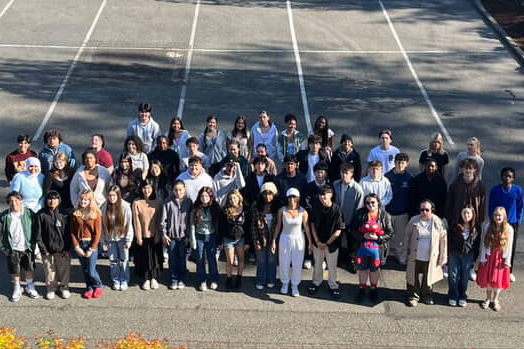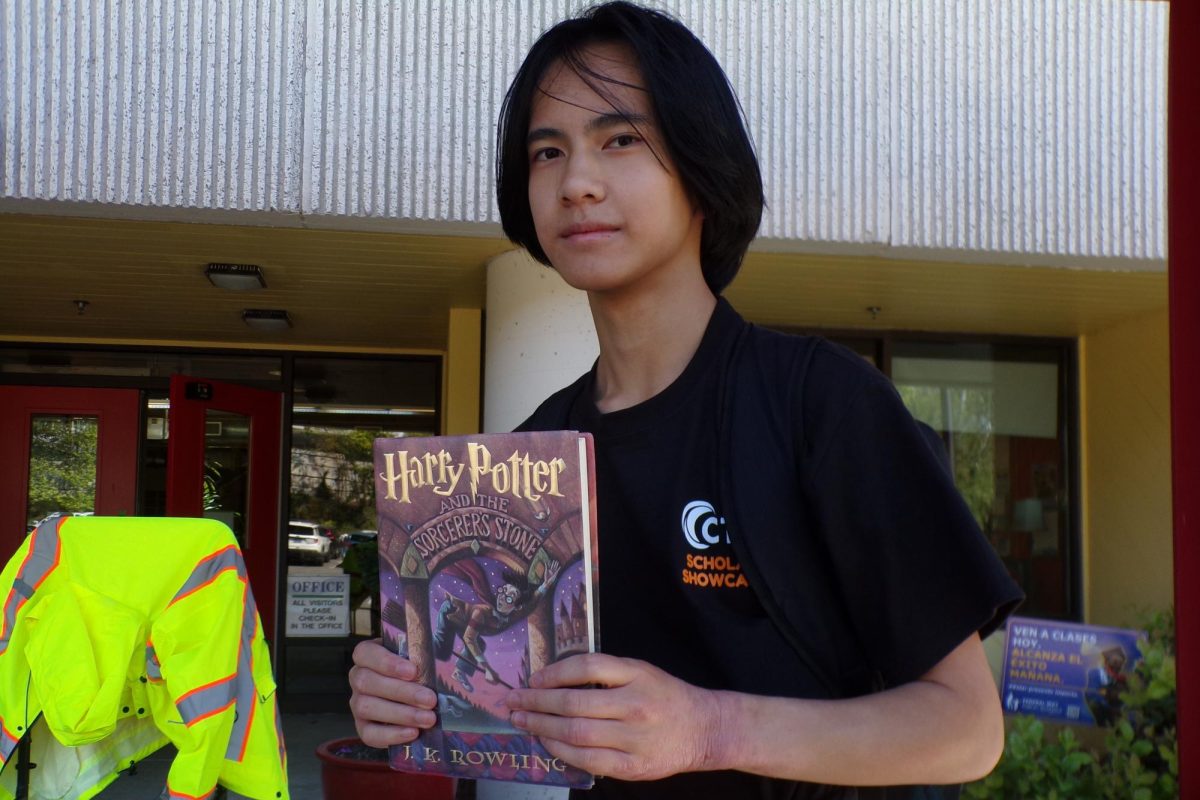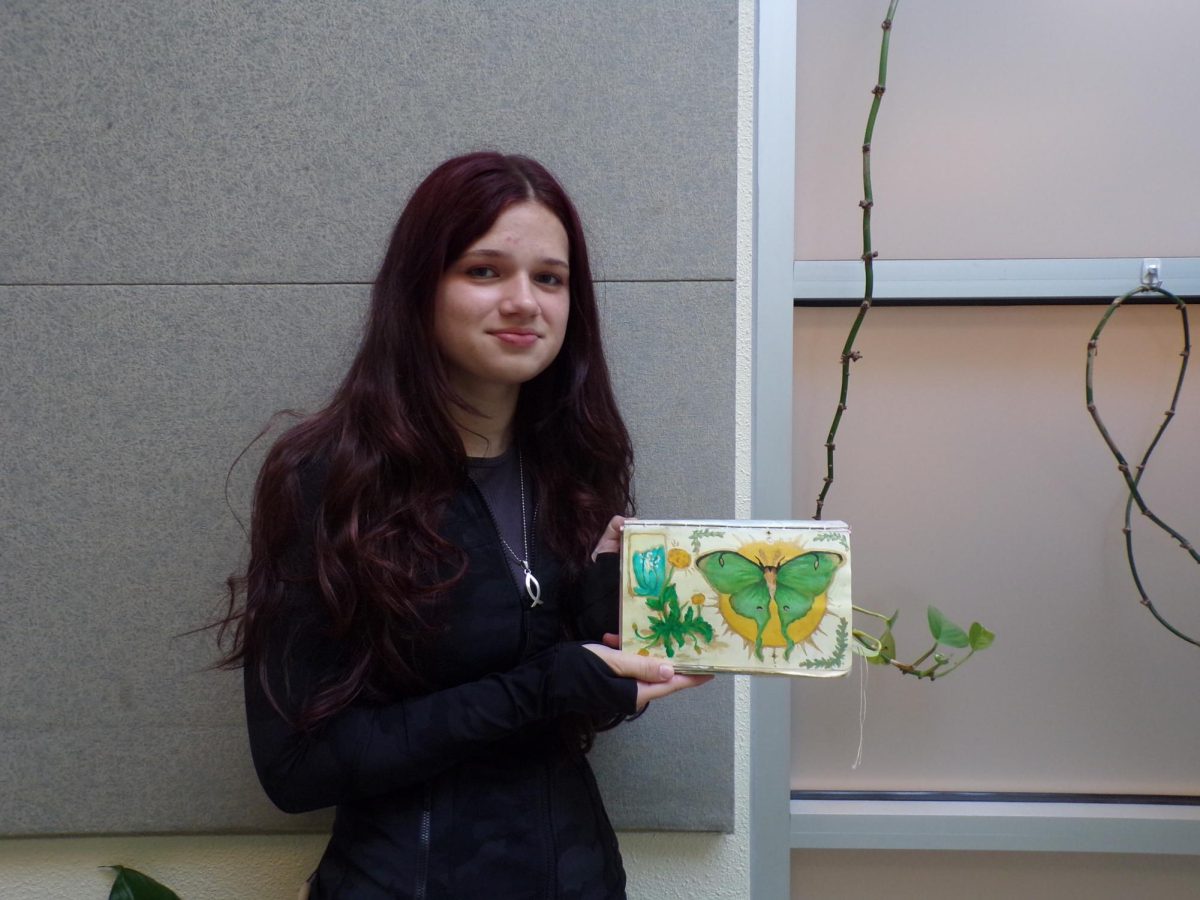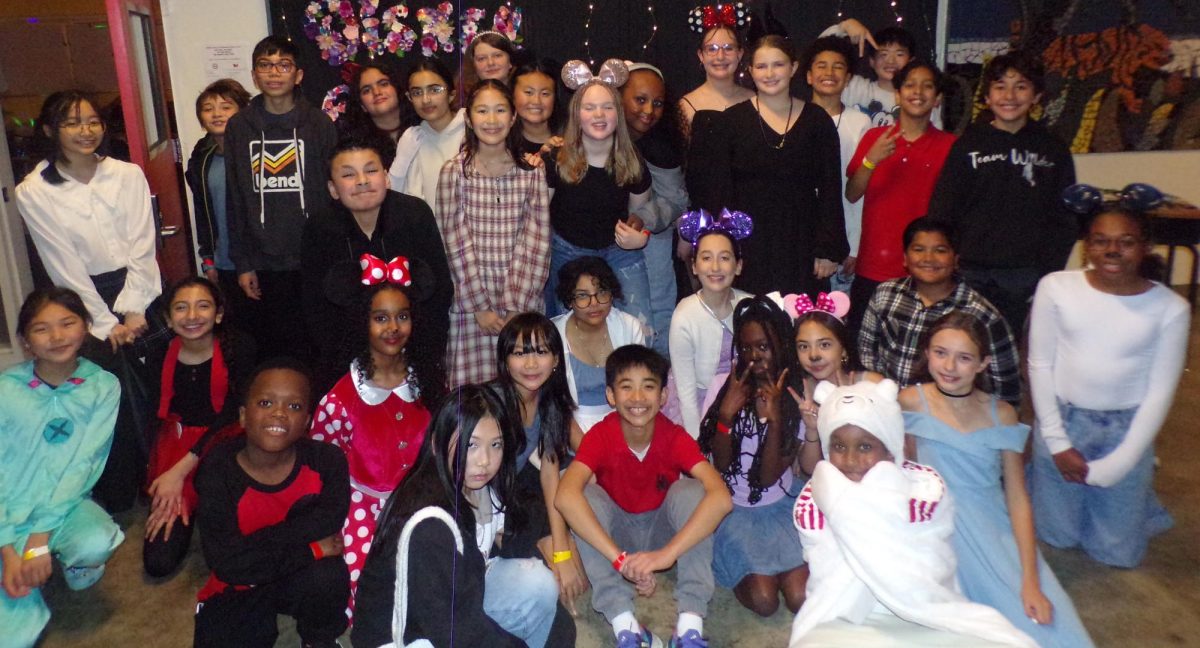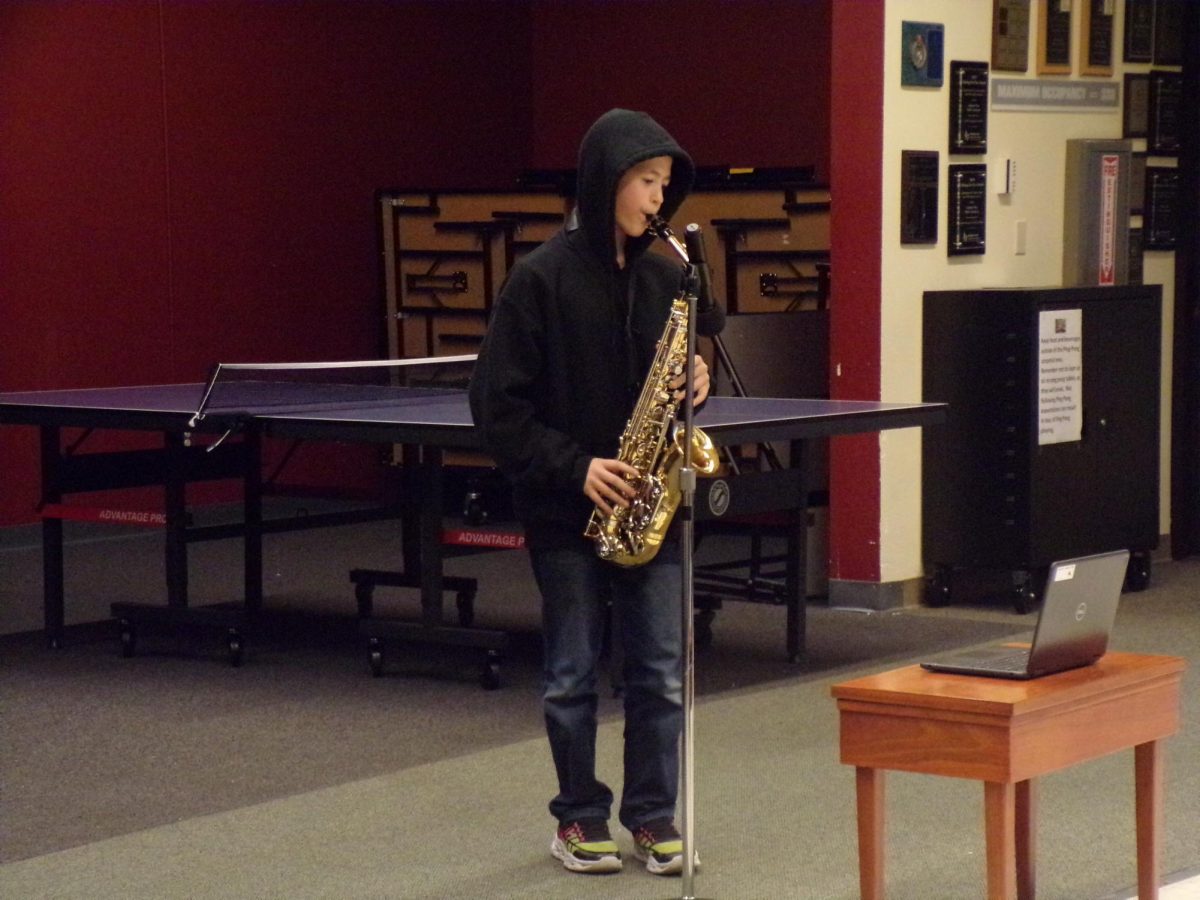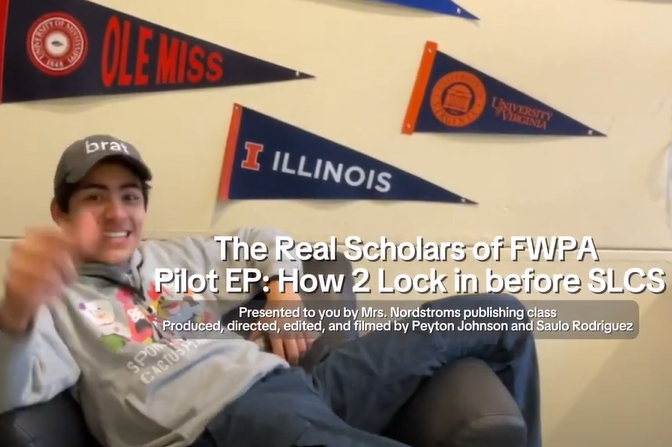The bell arrived in the Illahee parking lot, beckoning a new crop of students. Dr. Charles “Ray” Griffin appeared in front of them all, mallet in hand to ring in a new school year for everyone. In September 1999, FWPA was three portables that housed grades seven and eight and only 120 students. Like all ideas, it started small. FWPA was made with the intention to be a smaller, public school, free from district policies that made higher education more accessible. Now, FWPA lives with three hundred students, five grades, in a building far away from the three portables it was once housed in. And though much has changed, the bell still stands for every student, greeting them as they first enter the school and ringing them goodbye.
FWPA’s 25th anniversary has come and gone to remind the school of its history. The school invited past alumnus, teachers, administrators, and family members to come and celebrate its creation, endurance and current institution. Memories flowed through the halls of FWPA on Feb 7 2025, Including the story of the school’s creation.
The idea of starting a school came from a conversation betwixt founder of FWPA, Griffin, and a mother of a student attending Annie Wright School where Griffin had been administrating, when finally in the midst of conversation, the mother had brought up topic of the new “open minded” superintendent, Tom Vander Ark (in the words of Griffin). His number was passed on, and after one call, Vander Ark and Griffin began to discuss the idea of “Boutique Schools.”
“He wanted to open several boutique schools as he felt very inefficient. Too big, too bureaucratic,” Griffin reports during his speech at FWPA’s 25th anniversary. Recounting his conversation with Vander Ark, Griffin begins to expand upon the very birth of FWPA. According to Vander Ark, junior highs were both inaccessible and lacked the educational standard, and Griffin’s experience in junior high administration made him the perfect candidate to create a new junior high school, a boutique school meant to remedy both problems.
Finally, after many weeks of talking, Griffin took his idea of a community-initiated school to the district.
“A junior high that would be a contract school, independent from the district, I would be an employee through a contract through the school board, the central offices would have nothing to do with the school. The idea would be that we would be independent, not break any laws, follow state laws and we had to at least equal the test scores of the district.”
Sound familiar? It should, as FWPA, for the most part, has followed that format over the past 25 years. However, the idea of the school was sidelined due to two people on the school board “Adamantly against the idea due to a general fear of change,” according to Griffin.
The idea of FWPA was considered too different and radical and it wasn’t until the public had shown great interest in the school that finally, in March of 1999, it was brought back to the district and voted 3-2 into existence. They had six months to find a facility, and settled on portables meant to house a hundred and twenty students.
However, those first few years weren’t easy. FWPA now lives on with over 250 students, but when asked how FWPA had been changed Griffin confessed, “We survived, in my time here, we didn’t get closed.” There was much work to be done in maintaining the school; Griffin goes further to mention that he considered it a miracle it had stayed open for so long due to the circumstances of its creation.
FWPA was quick to evolve, adding a bell to its parking lot for only $25, then a couple of years later buying the building off of an old factory, finally having doors to open. However, Griffin’s time here was brief. In 2003, Griffin was called to New Mexico to help save a failing prep school, and after one failed replacement, a history teacher by the name of Kurt Lauer was urged to take the place of principal.
With a new principal in charge, the school was primed for a cultural shift.
“It depends on peoples personality, though Ray’s was fantastic and great, I had a slightly different personality. The culture may have changed a little bit. Probably he was a bit more of a stickler on academics and I was trying to do a little bit more on whole-child, but we combined it together,” Lauer recounted.
The culture had changed marginally, as it does with the addition of each new student and the personal exchanges brought with each of them. The same went for the many changes of principal, with Ms. Tee, Mr. Warner and to this date Ms. Thornton. However, FWPA has maintained the original ideas it was built on.
As of February 7 2025, FWPA has grown from 120 students to over 300, upsized from three portables to a proper building. Teachers have come and gone, principals have retired and students have walked out the door. However, at the start of every year, when a new group of students walk in to start another day, the bell still tolls.
